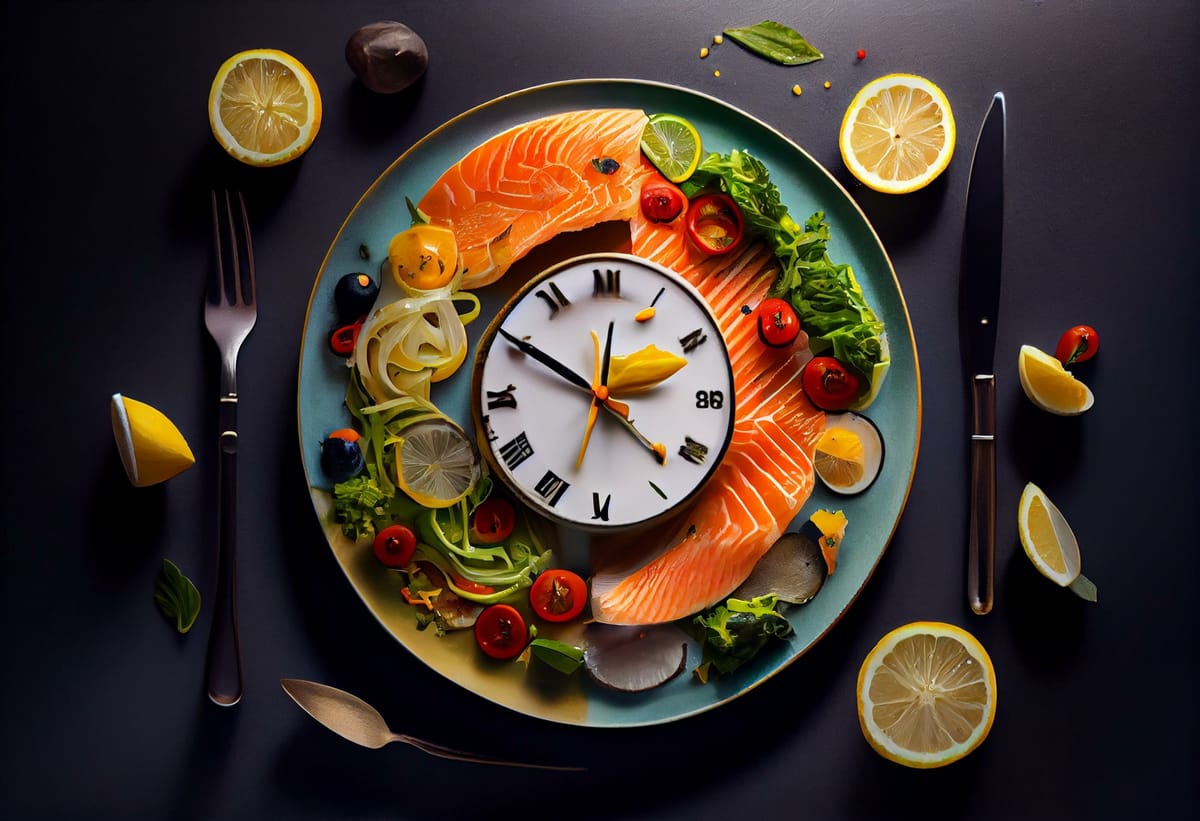My Attempt at the Warrior Diet (And What I Learned)

Disclaimer: I am not a medical doctor, and this article is intended for informational purposes only. Always consult a qualified health professional before starting any diet or fitness regimen.
I recently read The Warrior Diet by Ori Hofmekler, a health and fitness writer best known for advocating intense forms of intermittent fasting. The Warrior Diet pushes the fasting model to its limits—calling for 20 hours of fasting each day, followed by a single 4-hour eating window. It’s rooted in the idea that a strong, lean, resilient body can be developed by mimicking the ancient "warrior rhythm"—undereating while active during the day, and feasting at night.
This style of eating is definitely not for the faint of heart, but it offers some powerful takeaways. Here’s what I experienced after testing it myself:
It’s Not as Hard as It Sounds
At first, the idea of fasting for 20 hours and eating all your calories in 4 sounds extreme. But your body adapts faster than you'd think—especially if you’ve already built some fasting experience. For context, I’ve practiced intermittent fasting for about a year, sticking to a 16:8 routine (eating between 2pm and 10pm). Moving to a 4-hour window was a step up—but a manageable one.
If you're curious, start small. Try a 12:12 or 16:8 plan before attempting something as aggressive as The Warrior Diet.
It Delivers Fast Results
When I’ve done The Warrior Diet consistently, I’ve seen noticeable fat loss—up to 5 pounds per week—especially when training through the fast. Energy levels have also been surprisingly high. Not the jittery, artificial kind—but a clean, sharp, grounded energy. That said, again, I already had experience with fasting, so the results may not be as immediate for someone just beginning.
Discipline Matters During the 4-Hour Window
Some proponents say you can eat whatever you want during the 4-hour window because you’re fasting the rest of the day. Calorically, they’re not wrong—you’re unlikely to overeat 2,000–2,500 calories in one sitting.
But nutrition still matters. Four slices of chocolate cake is still junk, whether you’re in a deficit or not. Don’t waste your fast on bad food. You’re investing in your body—don’t throw away the returns with sloppy eating.
Not Ideal for Muscle Building
This is critical: if you're trying to build mass, this may not be the tool for you. Gaining serious muscle requires significant calorie intake—especially protein—and it’s hard to cram enough food into a 4-hour window to support that. Pair that with the demands of lifting heavy, and you might actually short-circuit your gains.
The Warrior Diet is fantastic for cutting fat and resetting your metabolism. But it’s not optimal for bulking.
Is It Sustainable?
That’s still an open question for me. I believe in fasting. I’ve seen its benefits firsthand over the past year. But whether the Warrior Diet is that much better than a 16:8 window... I’m still undecided. At this point, I consider it one of the tools in my fitness arsenal. I’ll use it strategically—when I need quick results, or when I want to reset my body and sharpen my edge.
Final Thoughts: Warriors Are Made in the Shadows
The Warrior Diet isn’t just a physical discipline. It requires mental focus, delayed gratification, and control over your appetites—all things the world tries to talk modern men out of. That alone makes it a valuable test. In a culture of indulgence, fasting reminds us: we are not ruled by comfort. We were made to master ourselves.




